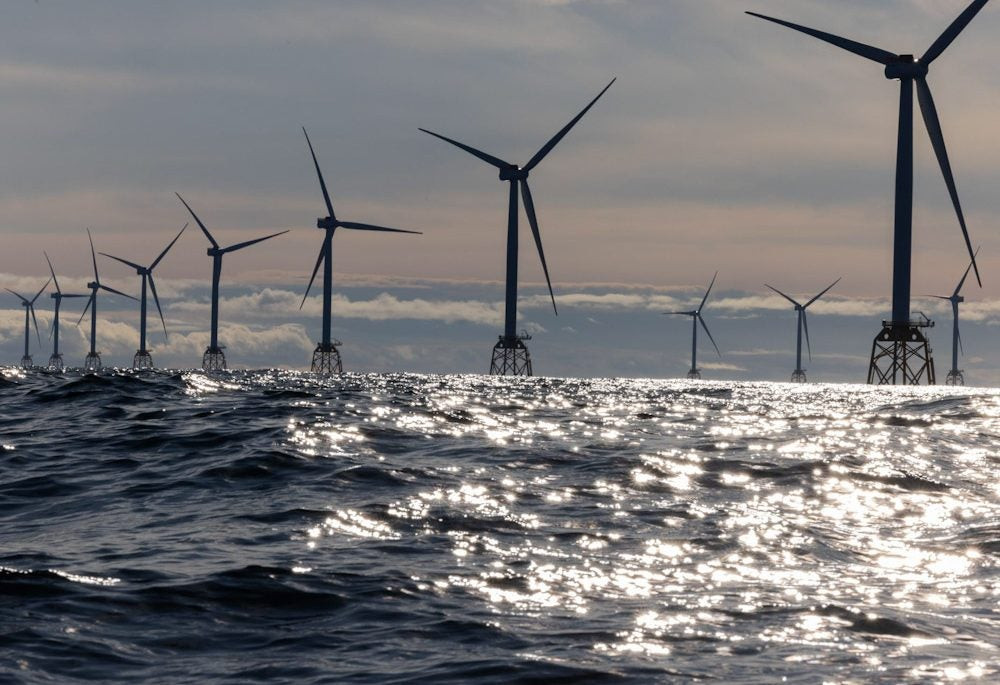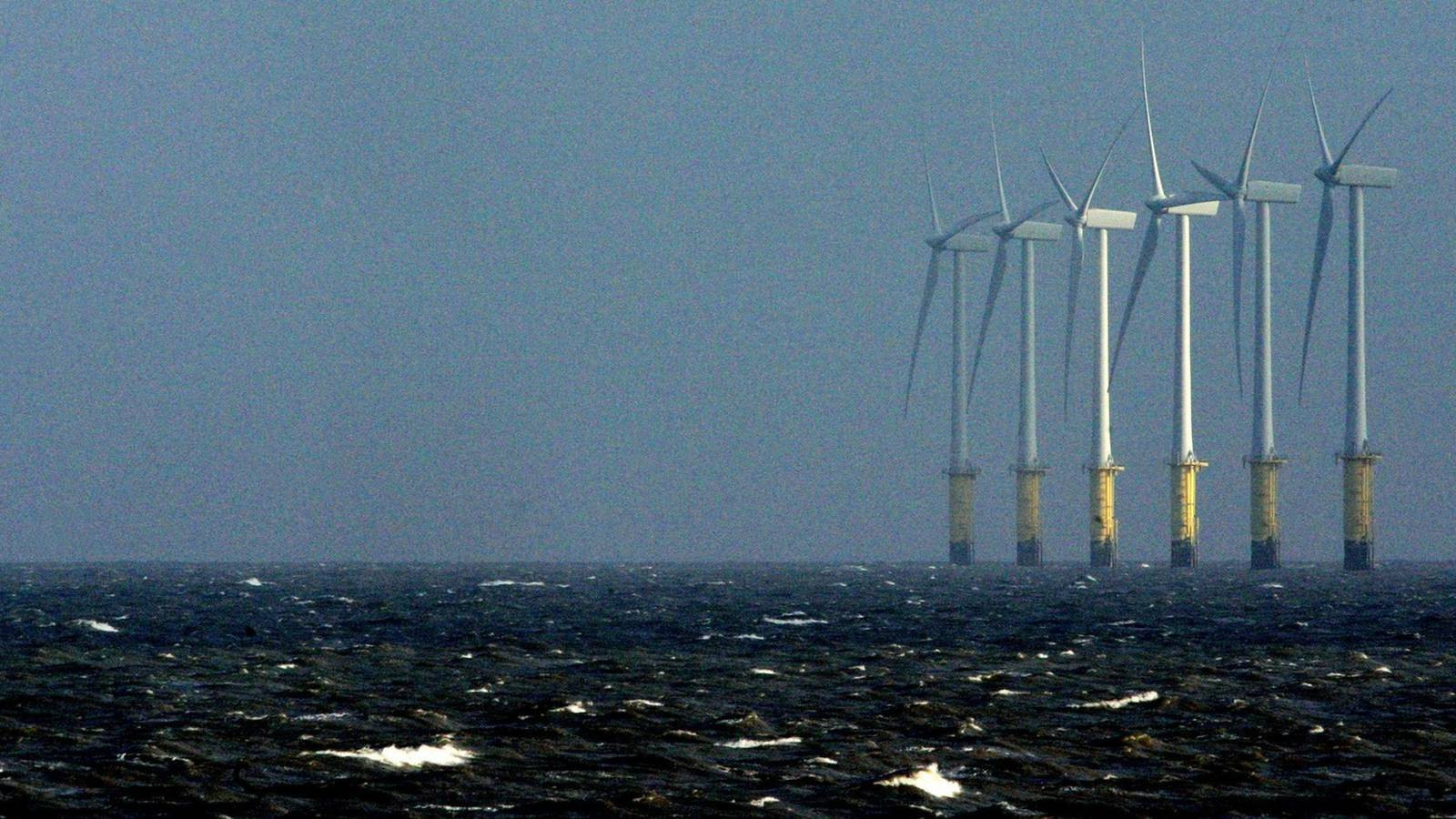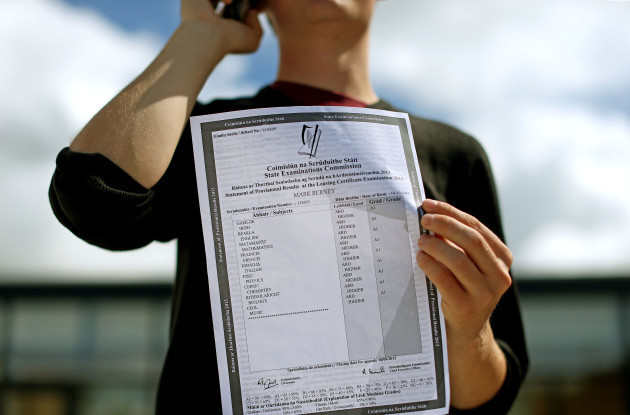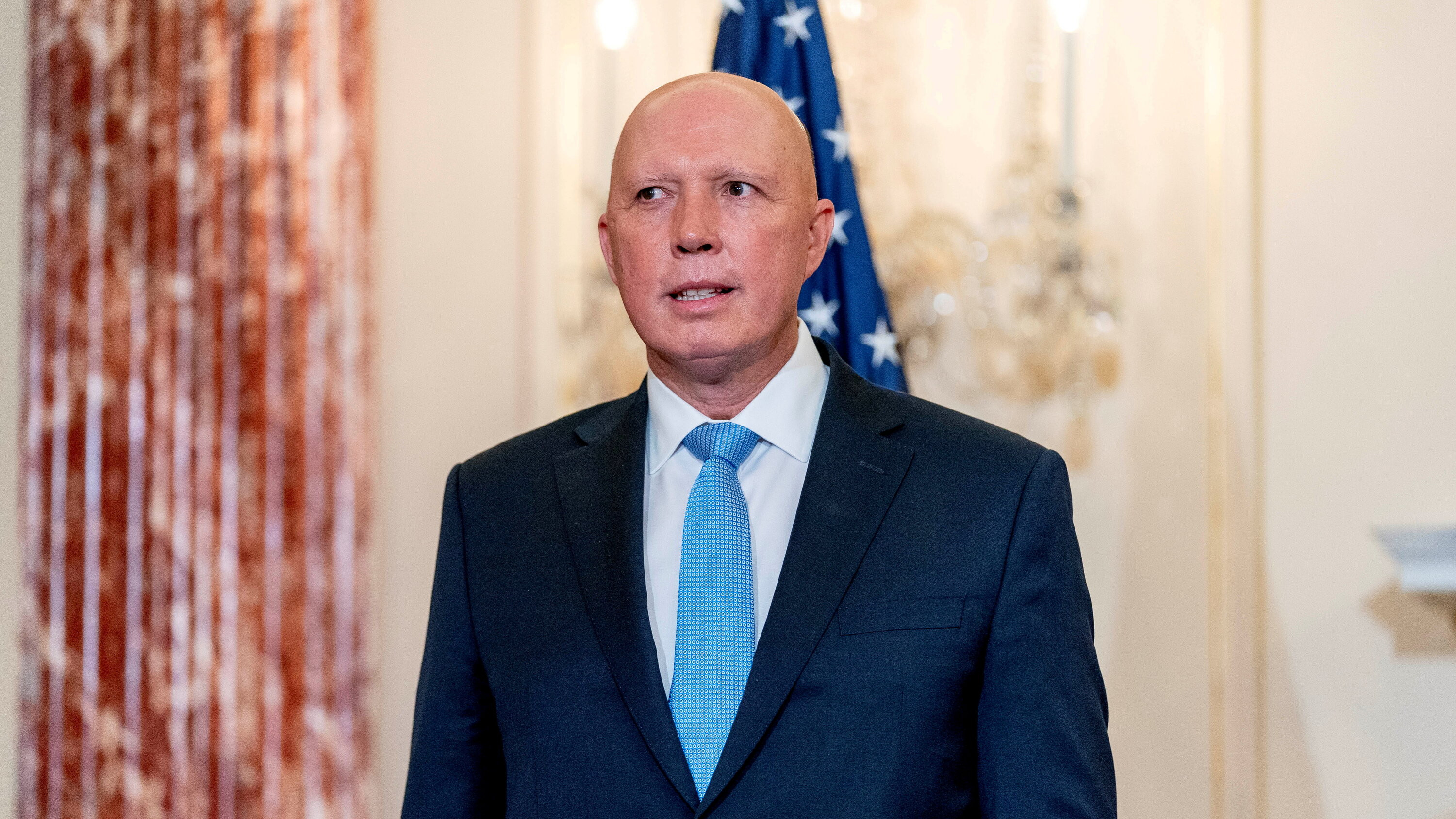ESB’s Wind Farm Woes: A €135 Million Charge and Questions of Profitability
ESB, Ireland's state-owned energy company, has taken a significant hit in its half-year results related to the 450MW Neart na Gaoithe offshore wind project, its joint venture development with EDF Renewables off Scotland. The company has recognized a charge of €135 million due to delays in the construction program experienced during 2024. This “exceptional provision” has been attributed to the challenges inherent in large-scale infrastructure projects like offshore wind farms.
Despite the setbacks, ESB remains confident that the project will achieve full commercial operation in 2025 and will be a valuable asset for the company, contributing to reducing carbon emissions from electricity generation. The wind farm has a 15-year contract for difference with the UK government, ensuring its revenue for that period.
The Impact on ESB’s Finances
The charge on Neart na Gaoithe is not the first financial setback for the project. In 2021, ESB incurred an exceptional charge of €153.5 million. This was followed by another €91.2 million in 2022 and €14.8 million in 2023. The cumulative total of impairments and provisions related to the project now stands at just under €400 million.
A Complex Construction Process
The delays and increased construction costs have led to a reassessment of the project's profitability. ESB’s chief financial officer, Paul Stapleton, acknowledged that the project has faced numerous challenges due to its complex nature and the harsh environment of the North Sea. He said, “Developing offshore is a complex construction process, (with) a huge scale of infrastructure being put in place in a very hostile environment out in the ocean, so there’s always going to be challenges in offshore wind.”
The Neart na Gaoithe project has faced unique challenges. Stapleton stated that the project's profitability will be lower than initially envisaged due to the delays and cost overruns. However, he maintained that the project will still be profitable over its lifetime. He also emphasized that the project is not a write-off.
ESB’s Commitment to Offshore Wind
Despite the challenges faced with Neart na Gaoithe, ESB remains committed to developing offshore wind energy projects. The company is involved in joint ventures that are developing projects off the Irish coast. The experience with Neart na Gaoithe has not deterred ESB from these ventures. Stapleton said that the company takes these challenges into account when developing its investment cases for future projects. He emphasized that the challenges experienced with Neart na Gaoithe are not representative of all offshore wind projects.
A Broader Perspective
ESB’s overall financial performance has been impacted by the challenging global energy market. The company reported an operating profit of €446 million for the first half of 2024, a 34% decrease from the same period last year. The reduction is attributed to lower energy margins earned in ESB’s Generation and Trading business due to the “continued normalisation of global energy markets, following the extraordinary volatility and peaks in pricing experienced in 2022 and early 2023”.
Despite the decline in operating profit, ESB has remained ahead of previous norms as its business continues to grow. The company is investing heavily in energy infrastructure and network resilience projects. ESB Networks has now connected approximately 6GW of grid-scale renewables, including over 1GW of solar generation, to Ireland’s electricity grid. This demonstrates the company’s commitment to sustainable energy development.
Looking Ahead
The Neart na Gaoithe project is a reminder of the complexities and risks associated with large-scale infrastructure projects, particularly in the renewable energy sector. While the project has faced significant challenges, ESB remains optimistic that it will eventually be a profitable asset and contribute to the company’s commitment to a sustainable energy future. As the project moves closer to completion, the focus will be on overcoming the remaining challenges and ensuring its successful operation.


















